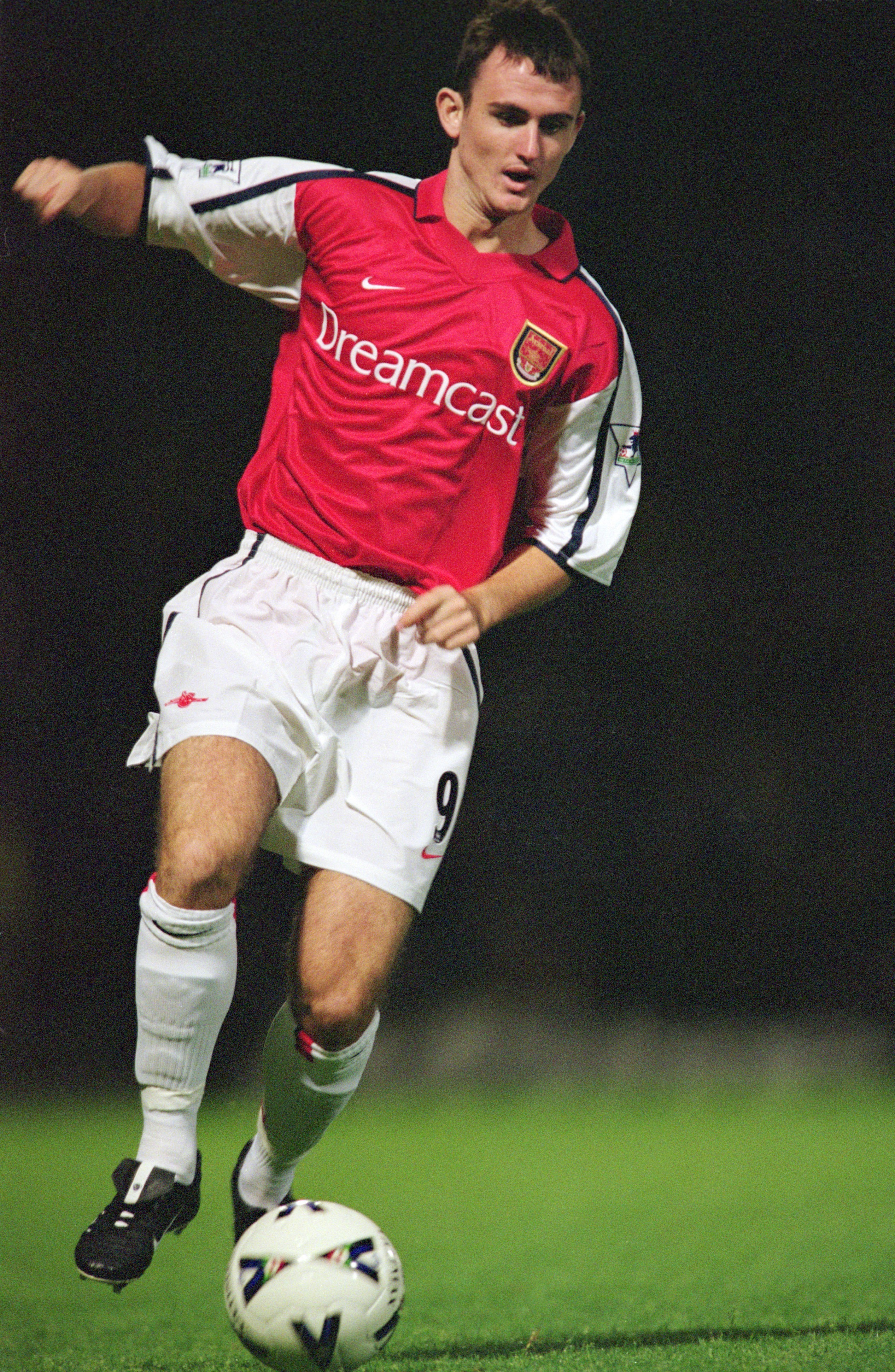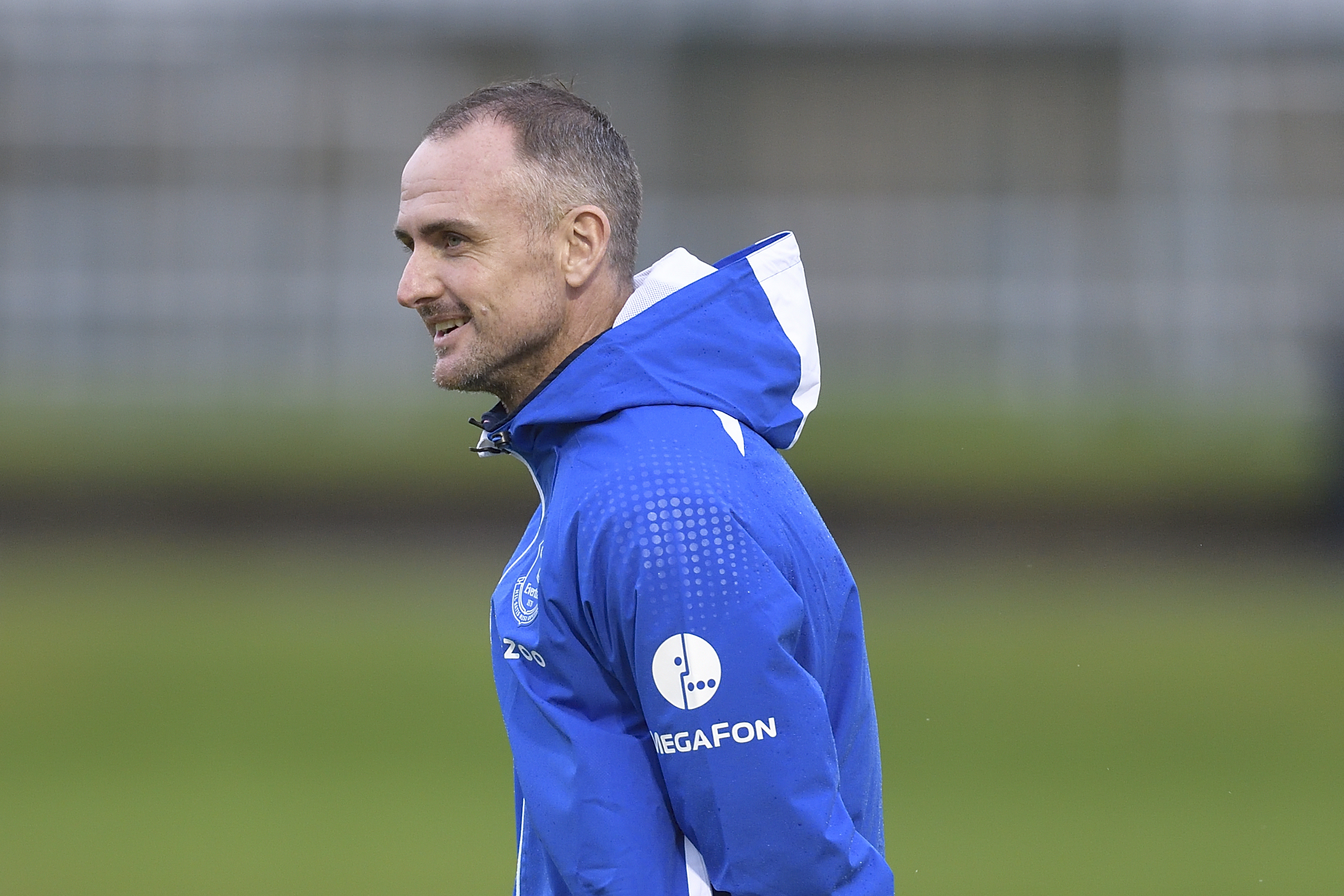Francis Jeffers' Brief Spell in Maltese Club
Former Premier League star Francis Jeffers opened up about his short-lived experience signing with a Maltese club for only three weeks back in 2012. The ex-Arsenal and Everton striker, who played for clubs like Charlton, Blackburn, and Sheffield Wednesday, shared his insights on the unexpected turn of events.
Payment Problems and Quick Departure
Jeffers, now 43, disclosed that he joined 26-time Maltese Premier League winners Floriana after a recommendation. Despite scoring a goal in his two appearances, he faced challenges with payment and the playing standard. Jeffers left the club swiftly, expressing his frustration with the situation.
Issues with Pay and Playing Standard
Jeffers revealed, "I quickly realised I was probably going to be hanging around there for a long time before things got moving." He highlighted the struggle of not receiving pay and the lower level of football in Malta at that time, leading to his decision to cut short his stay.
A Learning Experience
Reflecting on his time in Malta, Jeffers acknowledged that the Maltese league has improved in recent years. He described it as a case of being in the right place at the wrong time, emphasizing the challenges he faced during his brief stint with the club.

Coaching Career and Current Endeavors
Since his playing days, Jeffers has transitioned into coaching and was previously a first-team coach at Oldham Athletic. Following his departure last summer, he took on a new role in Saudi Arabia, showcasing his ongoing involvement in the world of football.
Frequently Asked Questions
What are the essential pieces of equipment needed for playing football?
The basic equipment required for playing football includes a jersey or shirt, shorts, stockings, shin guards, and cleats or football boots. Goalkeepers often require extra gear, such as gloves or padded clothing that protects them from injuries during dives and leaps. In order to be safe and adhere to the rules of the game, players must wear the appropriate clothing.
What are the factors I should consider when buying a soccer?
Consider the size, construction, and material of a football when selecting one. For players 12 years and older, including adults, the size 5 is recommended. The size of the shoe should be based on your age. Leather is best for grassy surfaces, while synthetics are better for more rough surfaces. Additionally, thermal-bonded footballs offer better waterproofing and shape retention compared to stitched options. Durability and flight stability should also be considered.
Why do football players need to wear shinguards?
Shin guards must be worn by all footballers. They protect the lower leg, which is vulnerable to injury from collisions and tackles. They protect the shins against serious injuries, such as fractures or severe bruises. Football’s governing authority enforces the use of shinguards in order to improve player safety.
Should I wear compression clothing when playing soccer?
Compression gear such as leggings or shorts can be beneficial to football players. They may increase blood flow, reduce fatigue and help speed recovery after a game or training. It is believed that the material’s tight fit also helps to stabilize muscles. The choice to wear compression equipment is personal. Comfort should be the main consideration when selecting this type of equipment.
Can the selection of socks influence a soccer player’s performances?
Absolutely. Football socks are made to protect and cushion the feet of players during intense games. They help secure the shin guards in place, prevent blisters by reducing friction, and provide cushioning for the feet. The comfort of the player can be improved by a good pair. This can have an indirect impact on their performance.
Statistics
- Around 25% of youth football players have reported using equipment that is either outdated or not suited to their position on the field.
- Compression garments are used by about 50% of professional football players during training sessions for muscle support and injury prevention.
- Research has indicated that around 60% of football-related ankle injuries could be mitigated with the correct choice of footwear.
- Studies show that the proper use of shin guards can reduce the risk of injuries in football players by up to 70%.
- Goalkeeper gloves with advanced grip technology have been adopted by 85% of professional goalkeepers in top leagues around the world.
External Links
fifa.com
uksoccershop.com
podiatrytoday.com
puma.com
decathlon.co.uk
How To
How to choose the right protective gear for football
The protective gear is a must-have in any footballer’s bag. Consider the comfort, safety and compatibility of each piece with your player’s position. Mouthguards are non-negotiable for protecting teeth and reducing concussion risks. Padded underwear can provide additional cushioning to goalkeepers or other players at greater risk of contact. Arm and leg sleeves offer minor abrasion protection and compression. It is important that all equipment meets league safety standards, and is properly certified.

